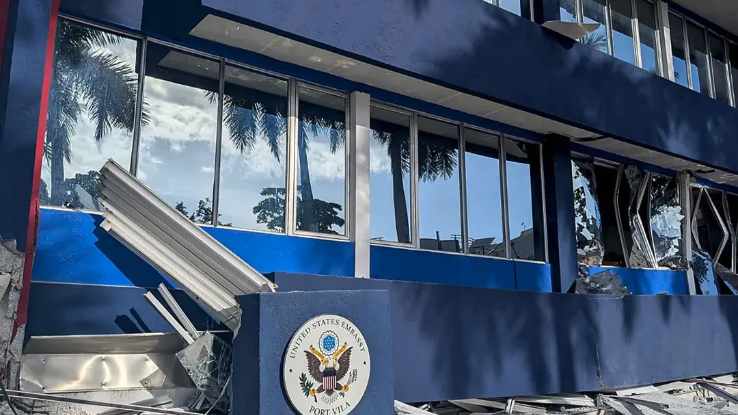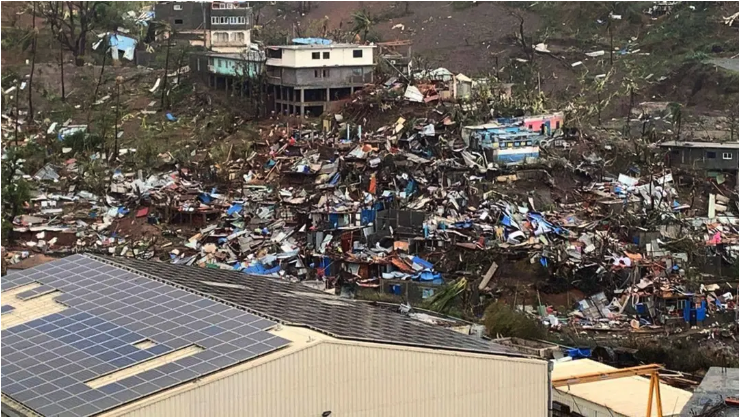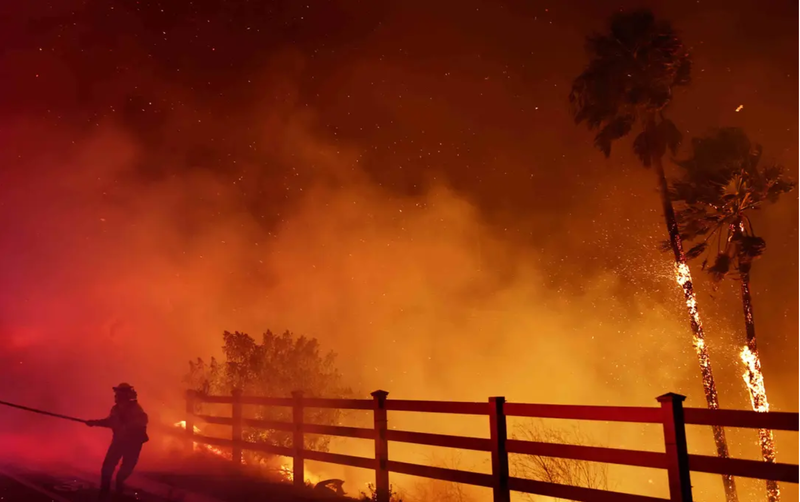Indonesia: Cold Lava, Flash Floods Kill Over 40
On Saturday, torrential downpours caused flash flooding, mudslides, and cold lava flows from the slopes of Mt. Marapi in the West Sumatra region of Indonesia. The severe weather killed at least 43 people and left many unaccounted for....
0:00
/1861
Facts
- On Saturday, torrential downpours caused flash flooding, mudslides, and cold lava flows from the slopes of Mt. Marapi in the West Sumatra region of Indonesia. The severe weather killed at least 43 people and left many unaccounted for.1
- According to Indonesia's National Disaster Management Agency, villages were inundated with rising waters, mud, and debris from the cold lava flow, also called a 'lahar' — mudflows containing volcanic rock from recent eruptions triggered by heavy rains.2
- Evacuation centers and emergency posts have been established in the Agam and Tanah Datar districts, the worst-hit areas where 17 people remain missing as of Monday.3
- The government said at least 16 bridges, two mosques, and 20 hectares (50 acres) of rice fields had been damaged in Tanah Datar, while villages were annihilated with muck, uprooted trees, and pebbles.4
- Survivors of the lahar recounted hearing a thunderous sound as large rocks fell down the mountainside. One resident witnessed the large rocks destroying a neighbor's home and killing the family inside.5
- It also comes after the 2,891-meter (9.5K feet) Mount Marapi suddenly erupted last December, killing 23 hikers and sending plumes of smoke and volcanic ash as high as 3K meters into the sky.6
Sources: 1www.reuters.com, 2Associated Press, 3France 24, 4Daily Mail, 5BBC News and 6CNN.
Narratives
- Narrative A, as provided by World Bank. While Indonesia is increasingly disaster-prone, the government has acknowledged this risk and boldly sought to address it financially. Between 2014 and 2018, a robust 1.9% of the government spending was allocated to disaster response and recovery. While natural disasters are a fact of life in Indonesia, there are significant and innovative investments and risk reduction measures underway.
- Narrative B, as provided by East Asia Forum. Urban flooding in Indonesia increases in frequency annually and results in the deaths of hundreds of people. Instead of investing in multi-hazard large-scale risk reduction projects, the national and subnational governments have unfortunately allowed politics to infiltrate systems that should be designed logically. Real change starts at the local level where officials must commit to strong policies that are built on community support.
- Narrative C, as provided by Associated Press. Increasingly severe downpours, flooding, and landslides are directly connected to human-induced climate change. Indonesia is among the top countries in terms of climate risk, which is why it must wake up and execute its climate agendas — including setting a target to cut emissions — to save lives and billions of dollars in damage. Any disaster risk reduction strategy and the local, subnational, or national level must accelerate and expand to encompass severe climate stress.







